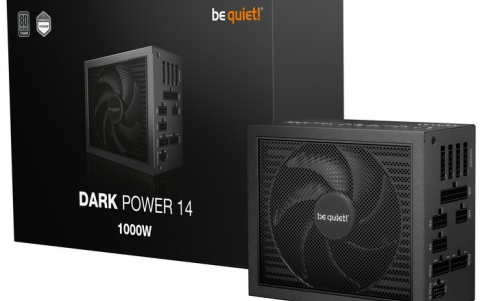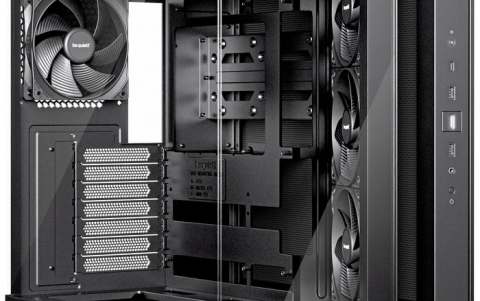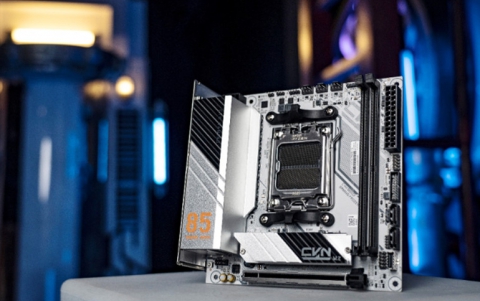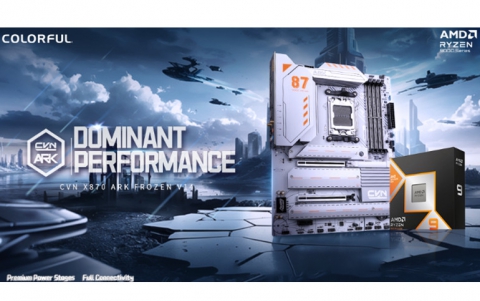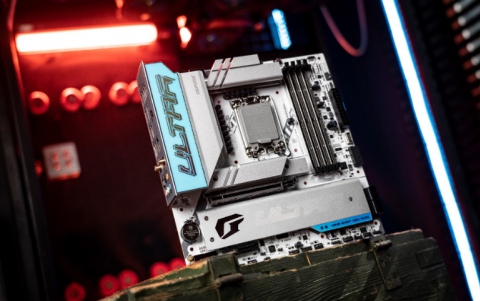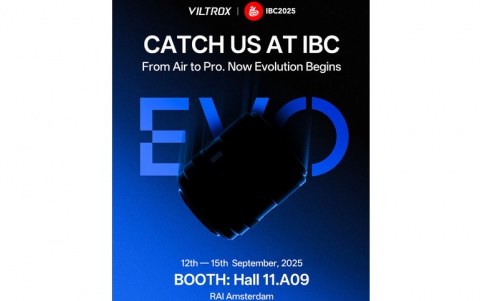Pacific Digital U-30201 (Mach-8)
4. DVD reading tests
Review Pages
2. Specs - Installation
3. CD Error Correction Tests
4. DVD reading tests
5. DVD Error Correction Tests
6. Protected Disc Tests
7. AudioCD/DAE Tests
8. CD Recording Tests
9. 3T Jitter Tests 1
10. 3T Jitter Tests 2
11. C1 / C2 Error Measurements
12. DVD Recording Tests
13. PI/PO Error Measurements
14. Conclusion
Pacific Digital U-30201 DVD±RW recorder - Page 4
DVD reading tests
- Single Layer DVD-ROM (Click for CDSpeed results)

In the DVD single layer read test, the Pacific Digital drive was neck and neck with the LiteOn drive. Noting that all three drives support a maximum reading speed of 12x for DVD-ROM media, the Pacific Digital U-30201 is quite fast with an average speed of 9.28x while it managed to reach a final reading speed of 12.44x.

The manufacturer's specifications give the drive as having a seek time of 160msec for DVD media. NeroCDSpeed reports that the drive needed 163ms for full seek time, 92 ms for 1/3 seek and 87 ms random. The drive performed quite well and the times are quite fast.
- Dual Layer PTP DVD-ROM (Click for CDSpeed results)
The two layers of a PTP DVD-ROM disc are read sequentially with the drive starting the read process from the inner tracks on the disc, which is the beginning of each layer, and progressing outwards towards to the outer tracks for each layer.

According to the manufacturer, the Pacific Digital U-30201 has a maximum reading speed of 8x CAV with dual layer DVD-ROM discs. The drive managed to reach a maximum reading speed of 8.41x and was slightly slower than the Optorite drive. Here there is not much between the three drives. Looking at the CDSpeed resultant graph shows that the drive performed very smoothly over both layers with no glitches when swapping from one layer to the other.
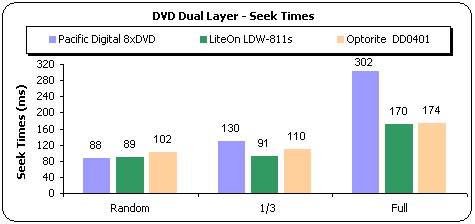
Except for the random seek time, which is quite fast (88ms), both the 1/3 and full seek times are a little higher than we would have expected, especially the full seek time which is almost double that of the other two drives. However, what is more surprising is the difference with the LiteOn drive. Up to this point, both drives have given nearly identical figures and this is the first test in which one has outperformed the other so dramatically.
- Dual Layer OTP DVD-ROM
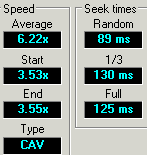 The
first layer of an OTP dual layer DVD-ROM is read exactly the same way as the
first layer of the PTP disc we tested previously. The difference here is the
reading strategy
of the second layer on the disc. The beginning of the second layer is located
in the outer part of the disc, so the drive starts reading from the outer tracks
inwards towards the inner tracks of the disc.
The
first layer of an OTP dual layer DVD-ROM is read exactly the same way as the
first layer of the PTP disc we tested previously. The difference here is the
reading strategy
of the second layer on the disc. The beginning of the second layer is located
in the outer part of the disc, so the drive starts reading from the outer tracks
inwards towards the inner tracks of the disc.
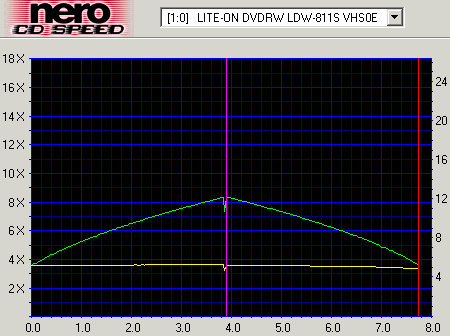
Both layers were read flawlessly with only a minor glitch at the swap-over. The speed remained constant throughout and maximum reading speed passed the 8x mark. Here too we witness a difference with the OptoRite drive's graph which showed the problem the OptoRite had when switching between layers.
- DVD Ripping Tests
We measured the DVD-Video ripping speed of the Pacific Digital U-30201 using the latest version of DVD Decrypter. The DVD Video title is the "Matrix" pressed DVD-Video.

The drive ripped the DVD movie to the hard disk at 9360 KB/s (6.8x) average. The performance is quite high and was fastest among the three drives.
- DVD Recordable / Rewritable reading Tests
The chart below shows the Nero CDSpeed average reading speed results with the following media:

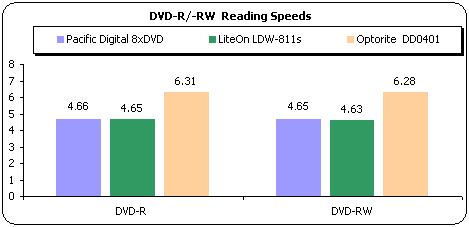
The Pacific Digital U-30201 returned satisfactory average times. But once again the Optorite drive proved to be the most capable reader, this time with DVD media.
There isn't a lot of difference in the times of each drive with the the various DVD media. The Pacific Digital drive had times of from 4.63ms up to 4.70ms overall. And here once again, we notice how close the times are with those of the LiteOn.
Review Pages
2. Specs - Installation
3. CD Error Correction Tests
4. DVD reading tests
5. DVD Error Correction Tests
6. Protected Disc Tests
7. AudioCD/DAE Tests
8. CD Recording Tests
9. 3T Jitter Tests 1
10. 3T Jitter Tests 2
11. C1 / C2 Error Measurements
12. DVD Recording Tests
13. PI/PO Error Measurements
14. Conclusion


